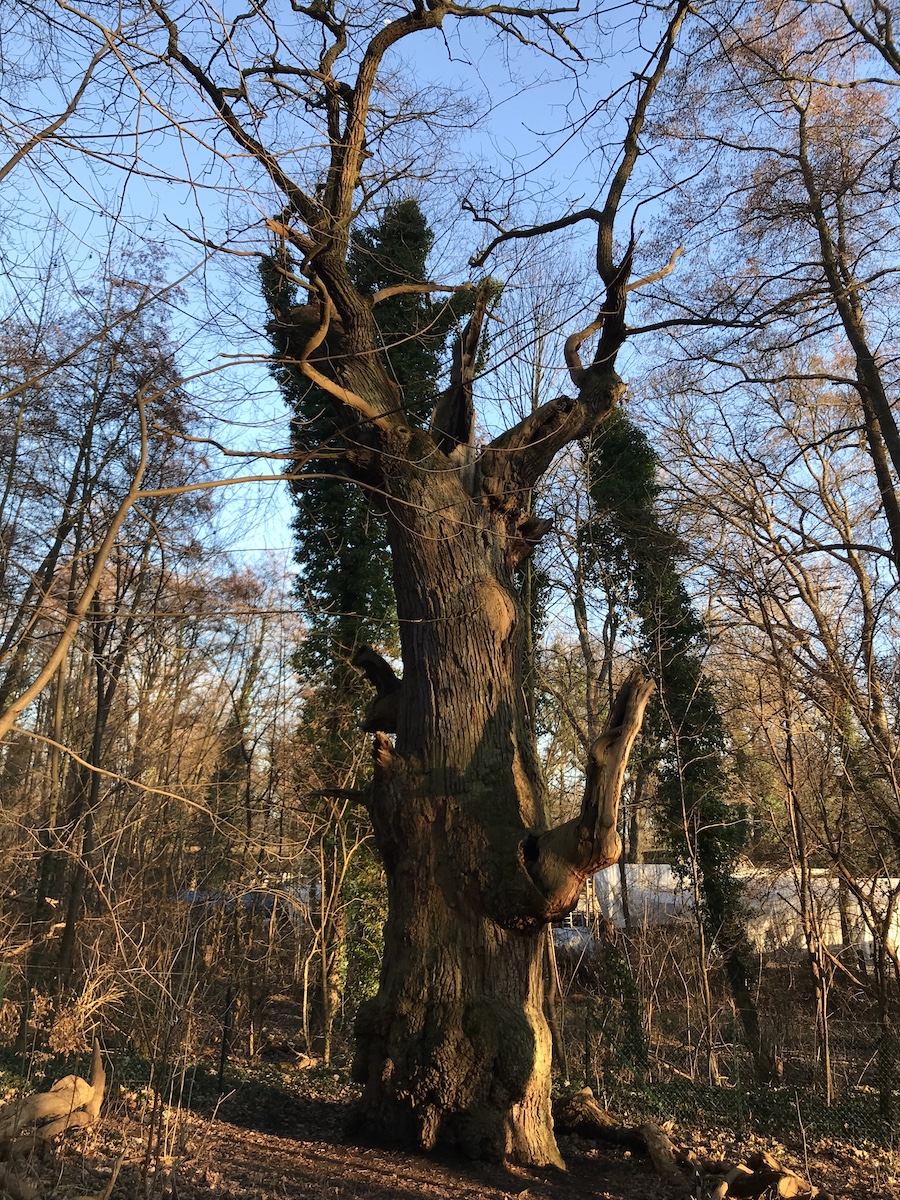
It’s beginning to feel like someone broke the weather.
We had snow here two weeks ago — the most snow I’ve seen in four years in Berlin. It didn’t snow at all last year. Before that, a few centimetres once or twice which melted within a day.
This year we had 10cm to 15cm. While such an amount would hardly be noticed in Canada, it caused a surprising amount of chaos here, with cancelled trains and dented cars.
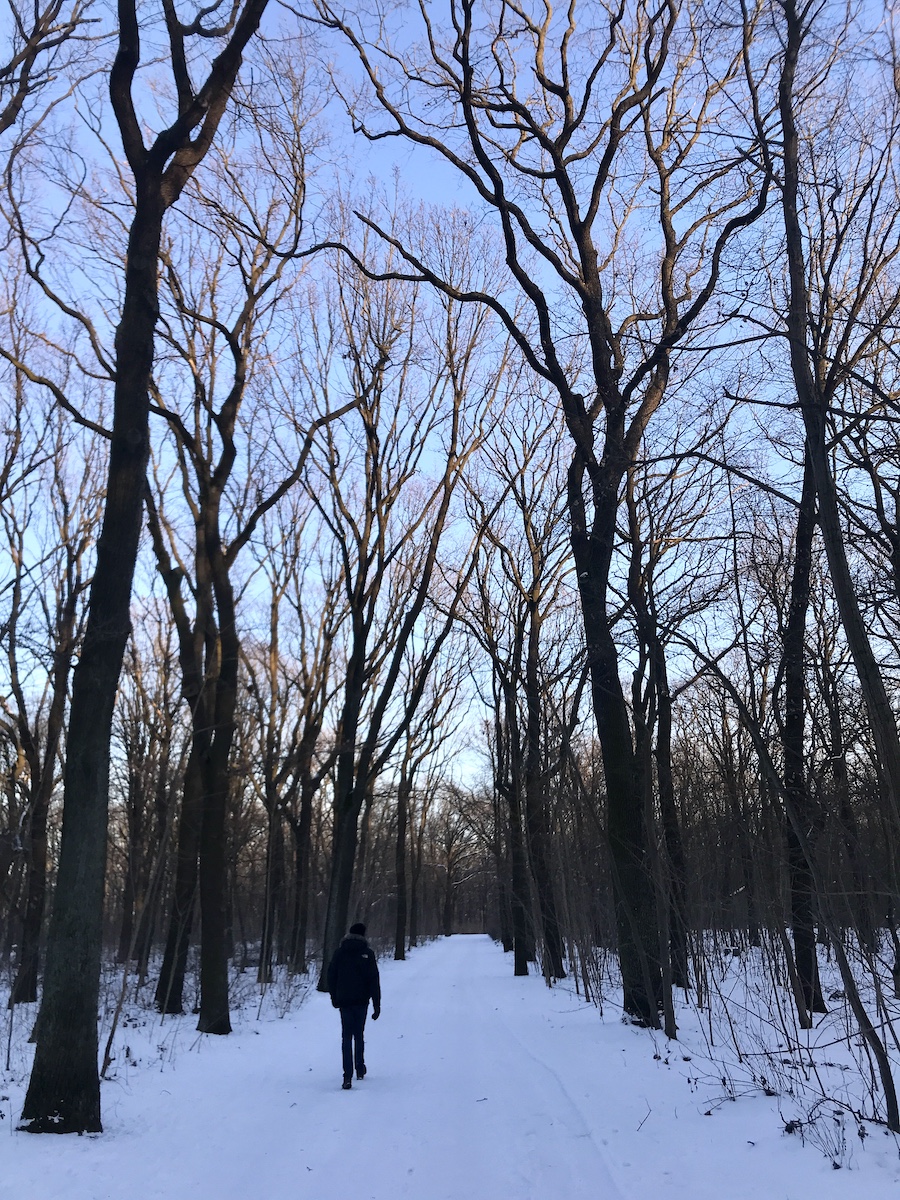
Temperatures got down to -10C, too. The Germans referred to this mild chill as ‘permafrost’. But the cold, dry air was a welcome change from the grey drizzle and constant damp we usually get. It made me realize that I finally miss real winters.

But that’s all gone now. I went biking in a t-shirt last weekend, under sunny skies and 17C, with ice still on the canals.
Snow one day and sun the next. Apparently it set some kind of record. The temperature in Germany shot up 41.9C in one week.
Nothing about this last year has been normal. I guess an unthinkably early spring is no exception.
I didn’t mind the pandemic lockdowns at the beginning. It was nice to shed normal obligations, to focus on writing and reading, and to indulge in food and wines as much as we liked because there was nothing else to do.
But even an introvert like me is thoroughly sick of it after a year. Each day blends into the next, with no journeys on the horizon, and nothing to look forward to but more of the same.
At least there’ll be biergarten to add summer cheer, and long bike rides in a new part of the city I haven’t yet explored.
What better way to start it all than a visit to Berlin’s oldest resident?
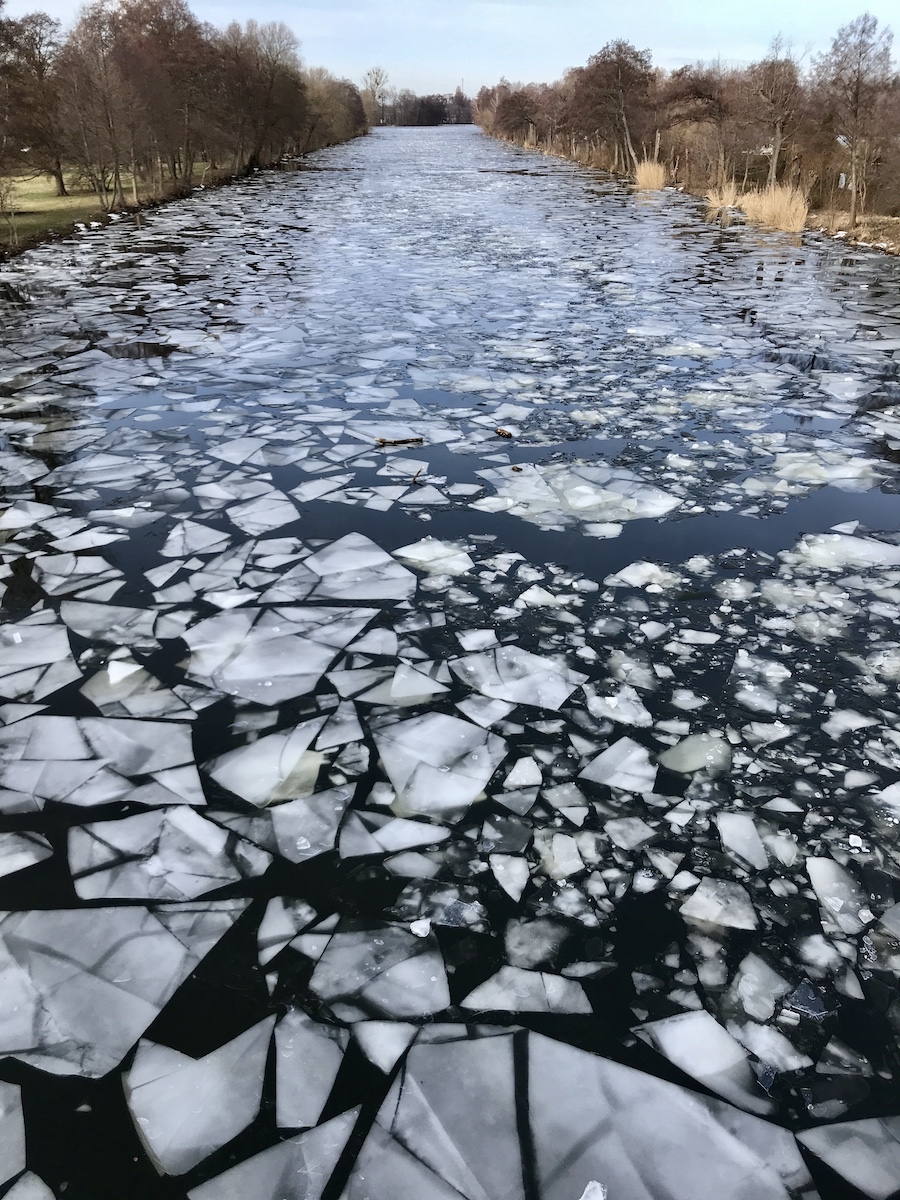
We set out along the Berlin-Spandauer-Schifffahrtskanal, my normal running route, busy with strolling old people and diligent cyclists on such a warm day.
We had one major obstacle to circumvent on the way to our destination: the runways of Tegel Airport, now sadly closed. Rather than stick to the main road with its smooth bike path, I decided to follow damp dirt tracks through Jungfernheide Forest, where families walked dogs under the trees.
We paused for a break on the small sandy beach of the Flughafensee, where groups of sweater-clad Berliners had gathered for picnics, with views of the old terminal in the far distance. It doesn’t look very large, but at 34.3 metres, the ‘Airport lake’ is Berlin’s deepest.
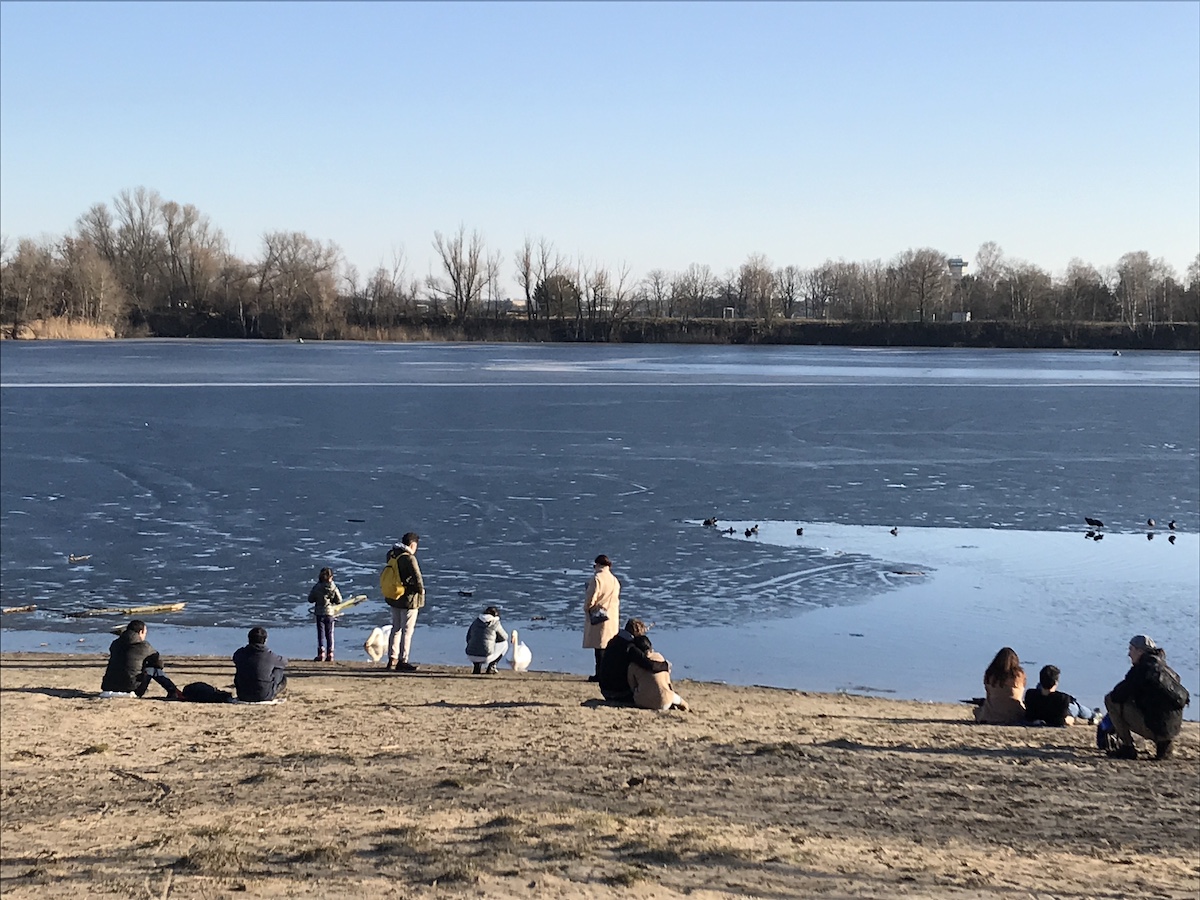
Forest tracks led us to a cluster of houses in the district of Reinickendorf, and a street along the Tegeler See that was absolutely packed with parked cars.
The Greenwich Promenade was thronging with people, and no one wore masks. Turkish Berliners smoked shisha and nibbled snacks, while other Berliners drank coffee and bottles of beer.
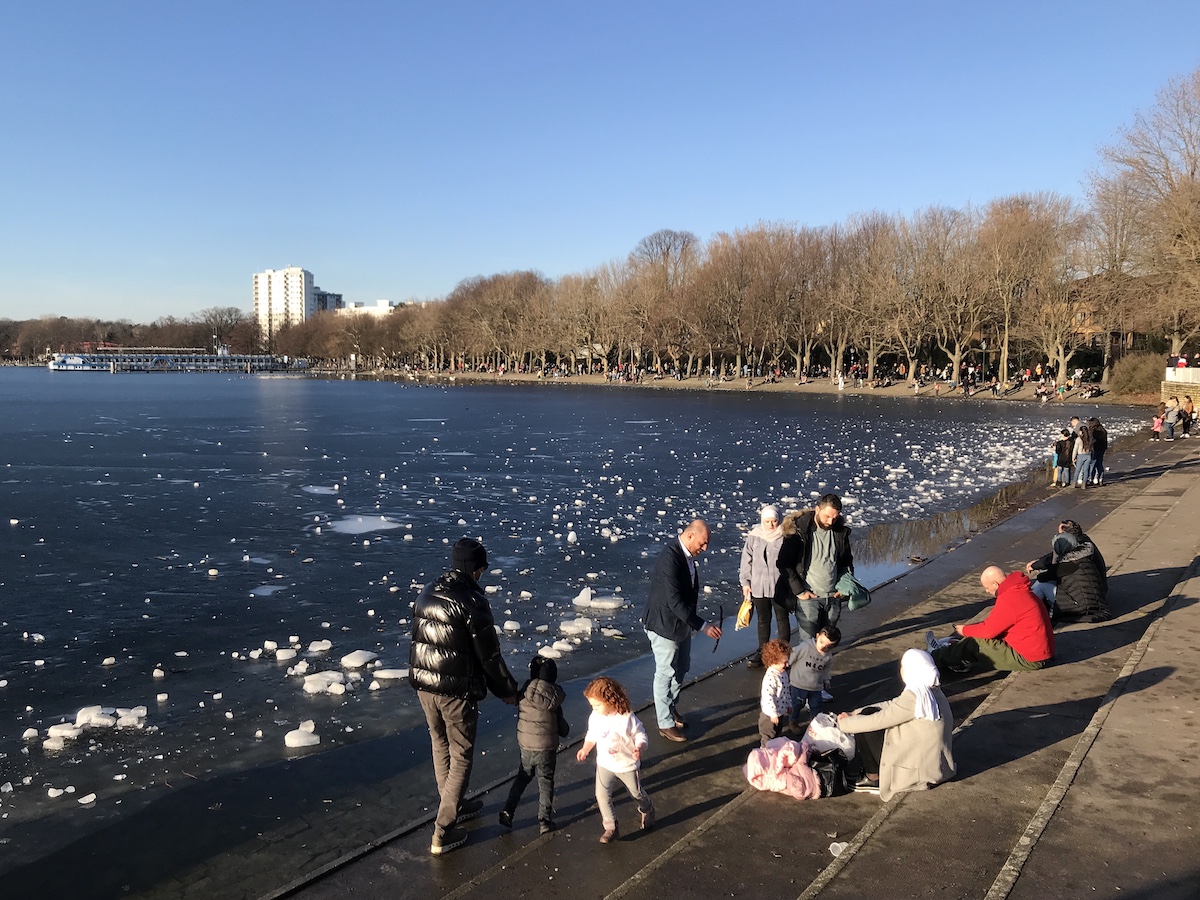
The restaurants were closed because of the pandemic, and the paddleboat and row boats were pulled up on shore, but kiosks were dispensing drinks, fast food, and a nauseating stench of grease.
We found Berlin’s oldest resident not far beyond the historic Tegel harbour bridge (‘Sechserbrücke’).
‘Dicke Marie’ is said to be over 900 years old. The thick oak was given its name by the Humboldt brothers, who called it ‘Fat Marie’ after their cook. They lived in nearby Tegel Castle.
Alexander and Wilhelm von Humboldt would go on to have a university named after them, and an ocean current — and more animals, plants, minerals, asteroids, ships and geographic features than any other person.
But their cook would be forgotten if not for that tree.

The common English oak (Quercus robur) is believed to have sprouted in 1107.
It saw the medieval town grow into a mighty city, and watched kings and highwaymen ride through forest paths.
It survived two World Wars, and the Cold War isolation of West Berlin behind walls and razor wire: the Antifaschistischer Schutzwall (‘Anti-Fascist Protection Rampart) erected by the Communists to keep the evil Westerners out; about as ‘anti-fascist’ as Antifa is today.
Dicke Marie lived in the French sector of divided Berlin.
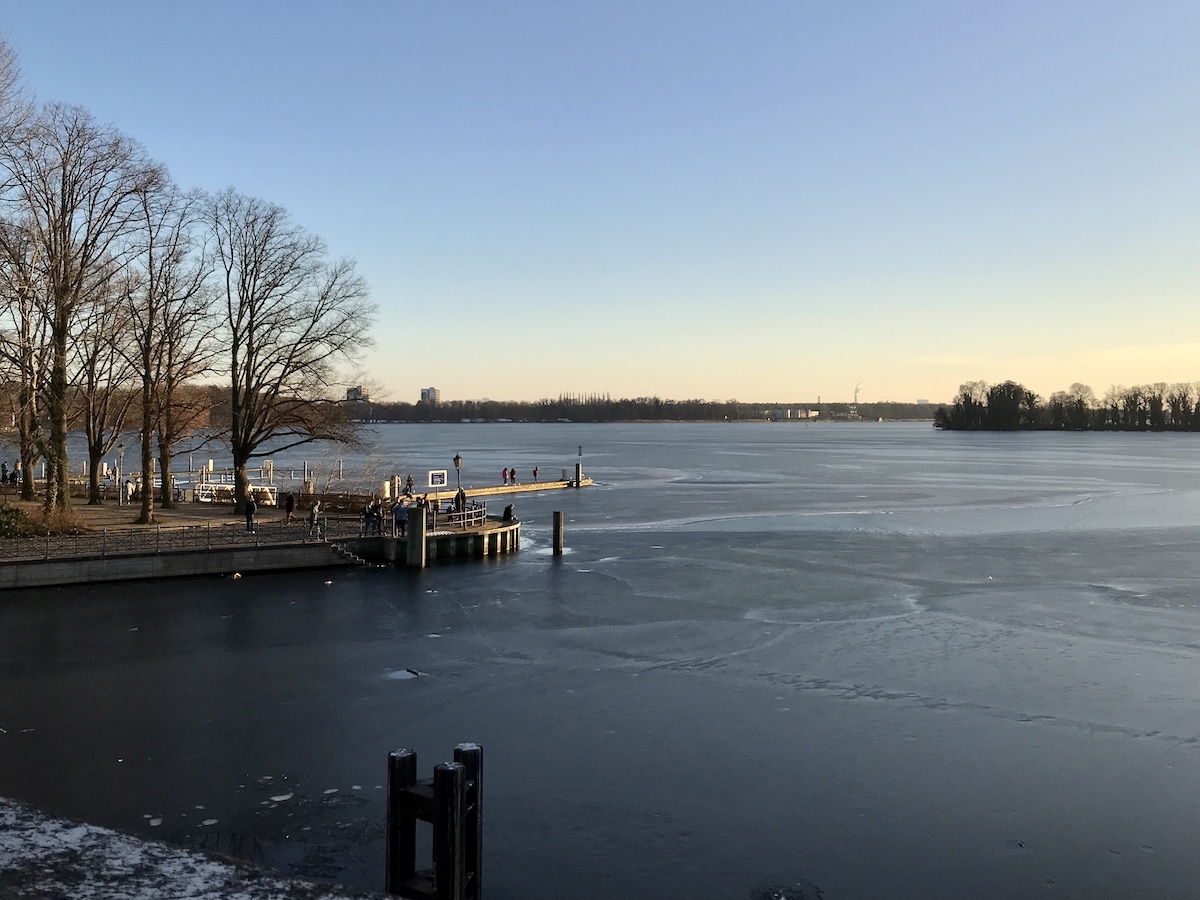
The famous tree was visited by Goethe in 1778. Napoleon would have sailed past when the shoreline was closer. And now your humble correspondent has come to sit on a bench at its base.
Dicke Marie looks dead around the trunk, but look up and you’ll see it still sends out fresh shoots.
This venerable tree will see the end of this pandemic, too, and our return to life. At least, it’s easier to believe such a thing on a sunny February day.


Get your FREE Guide to Creating Unique Travel Experiences today! And get out there and live your dreams...
